Kohlrabi has a crisp, juicy texture and a mild, slightly sweet flavor that is often compared to broccoli stems or radishes. It is a versatile vegetable that can be eaten raw or cooked and is used in a variety of dishes including salads, soups, stews, and stir-fries. In terms of nutrition, kohlrabi is low in calories and high in fiber, vitamin C, and potassium. It also contains antioxidants and other beneficial plant compounds that can help promote health and prevent disease.
Overall, kohlrabi is a unique and nutritious vegetable that can be a great addition to a healthy and diverse diet.
Table of Contents
From where does Kohlrabi originate?
Kohlrabi is believed to have originated in northern Europe, where it has been cultivated for hundreds of years. Today, kohlrabi is grown and consumed throughout the world, including in Europe, Asia, and North America.
Nutritional Benefits of Eating Kohlrabi:
Kohlrabi is a highly nutritious vegetable that offers a range of health benefits. Here are some of the nutritional benefits of eating kohlrabi:
- Rich in fiber: Kohlrabi is a good source of dietary fiber, which can help promote digestive health, lower cholesterol levels, and control blood sugar levels.
- High in vitamin C: Kohlrabi is rich in vitamin C, an essential nutrient that supports immune function, skin health, and wound healing.
- Low in calories: Kohlrabi is a low-calorie vegetable, making it a great option for those looking to maintain a healthy weight or reduce calorie intake.
- Contains antioxidants: Kohlrabi contains several antioxidants, including vitamin C and carotenoids, which can help protect against cellular damage and reduce the risk of chronic diseases.
- Good source of minerals: Kohlrabi is a good source of minerals like potassium, calcium, and magnesium, which are important for maintaining healthy bones, muscle function, and electrolyte balance.
- Contains phytochemicals: Kohlrabi contains several phytochemicals, including glucosinolates and flavonoids, which have been shown to have anti-inflammatory and anti-cancer properties.
In summary, kohlrabi is a highly nutritious vegetable that is low in calories and high in fiber, vitamins, minerals, and antioxidants. Incorporating kohlrabi into your diet can help support overall health and wellness.
Interesting Facts About Kohlrabi:
Here are some interesting facts about kohlrabi:
- Kohlrabi is a German word that means "cabbage turnip". The vegetable is sometimes also called a "German turnip".
- Kohlrabi is a member of the Brassica family, which includes other vegetables like broccoli, cauliflower, and Brussels sprouts.
- The vegetable is believed to have originated in northern Europe, where it has been cultivated for hundreds of years.
- Kohlrabi can be grown in a variety of climates and is often grown in home gardens because it is easy to grow and matures quickly.
- Kohlrabi has a bulbous stem that grows above the ground and is usually light green or purple in color. The leaves of the kohlrabi plant grow above the bulbous stem and are also edible.
- Kohlrabi is a versatile vegetable that can be eaten raw or cooked. It is often used in salads, soups, stews, and stir-fries.
- Kohlrabi is a good source of dietary fiber, vitamin C, and other nutrients. It is also low in calories, making it a great option for those looking to maintain a healthy weight or reduce calorie intake.
- In traditional medicine, kohlrabi has been used to treat a variety of ailments, including digestive problems, respiratory issues, and skin conditions.
- Kohlrabi has a slightly sweet, nutty flavor and a crunchy texture. It is often compared to the flavor of broccoli stems or turnips.
- Kohlrabi is a popular vegetable in European and Asian cuisine and is often used in dishes like slaws, curries, and roasted vegetable medleys.
How to Grow and Store Kohlrabi at Home:
Growing kohlrabi at home is relatively easy, and it can be a great way to have a fresh supply of this nutritious vegetable on hand. Here are some tips on how to grow and store kohlrabi at home:
Growing Kohlrabi:
- Choose a sunny location with well-drained soil. Kohlrabi prefers cooler temperatures, so it is best to plant it in the spring or fall.
- Sow kohlrabi seeds directly in the soil, or start them indoors and transplant them when they are about four weeks old.
- Plant the seeds about 1/2 inch deep and 2 to 4 inches apart. Thin the seedlings to about 6 inches apart once they have germinated.
- Keep the soil moist but not waterlogged, and fertilize the plants every few weeks with a balanced fertilizer.
- Harvest kohlrabi when the bulbs are about 2 to 3 inches in diameter. They should be firm and crisp, with no signs of softness or rot.
-
Storing Kohlrabi:
- Kohlrabi can be stored in the refrigerator for up to two weeks. Cut off the leaves and wrap the bulbs in plastic wrap or place them in a plastic bag with a few holes punched in it to allow for air circulation.
- Kohlrabi can also be blanched and frozen for long-term storage. To do this, peel and slice the kohlrabi and blanch it in boiling water for about three minutes. Cool the kohlrabi in ice water, drain it, and then freeze it in airtight containers or freezer bags.
- If you have a root cellar, you can store kohlrabi there for several months. Cut off the leaves and store the bulbs in a cool, dark, and humid location.

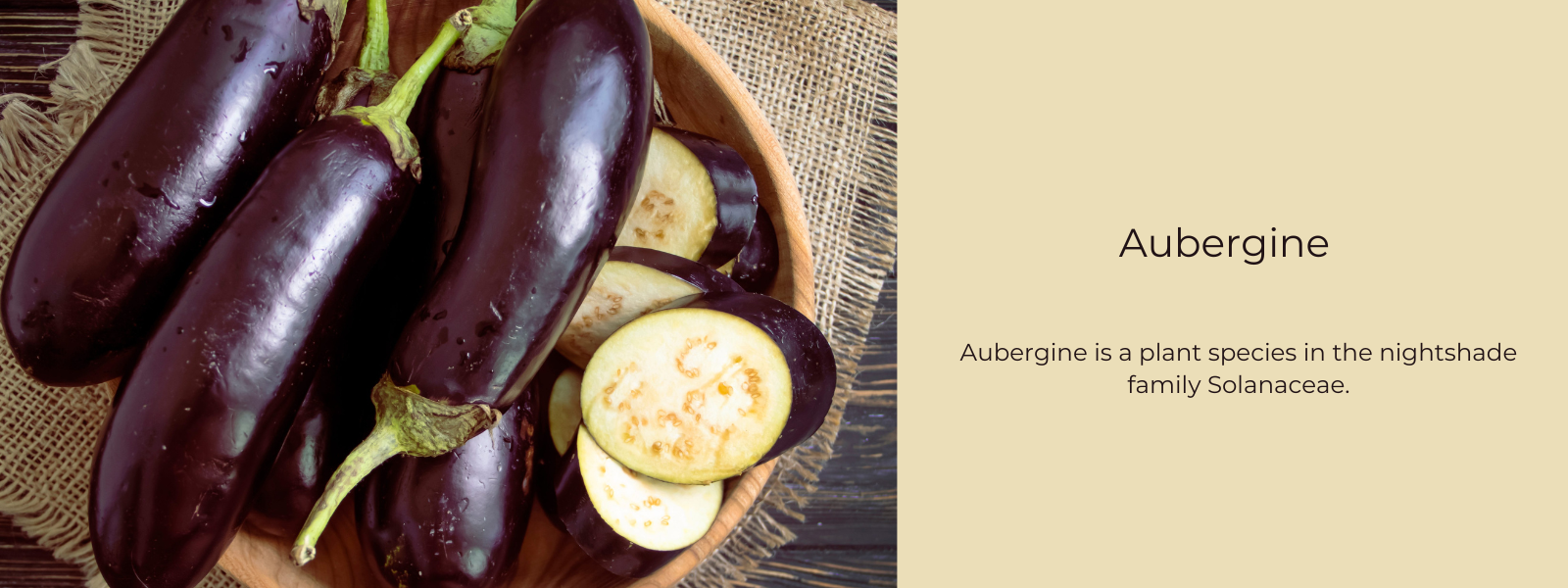
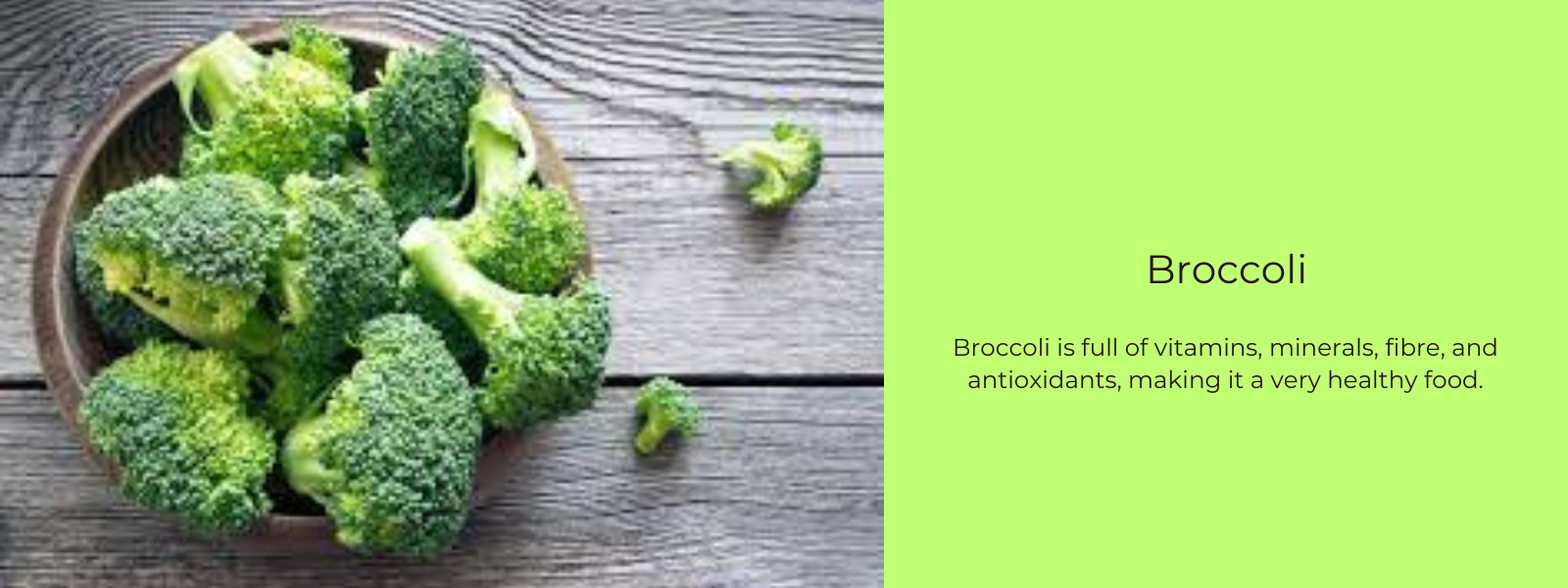
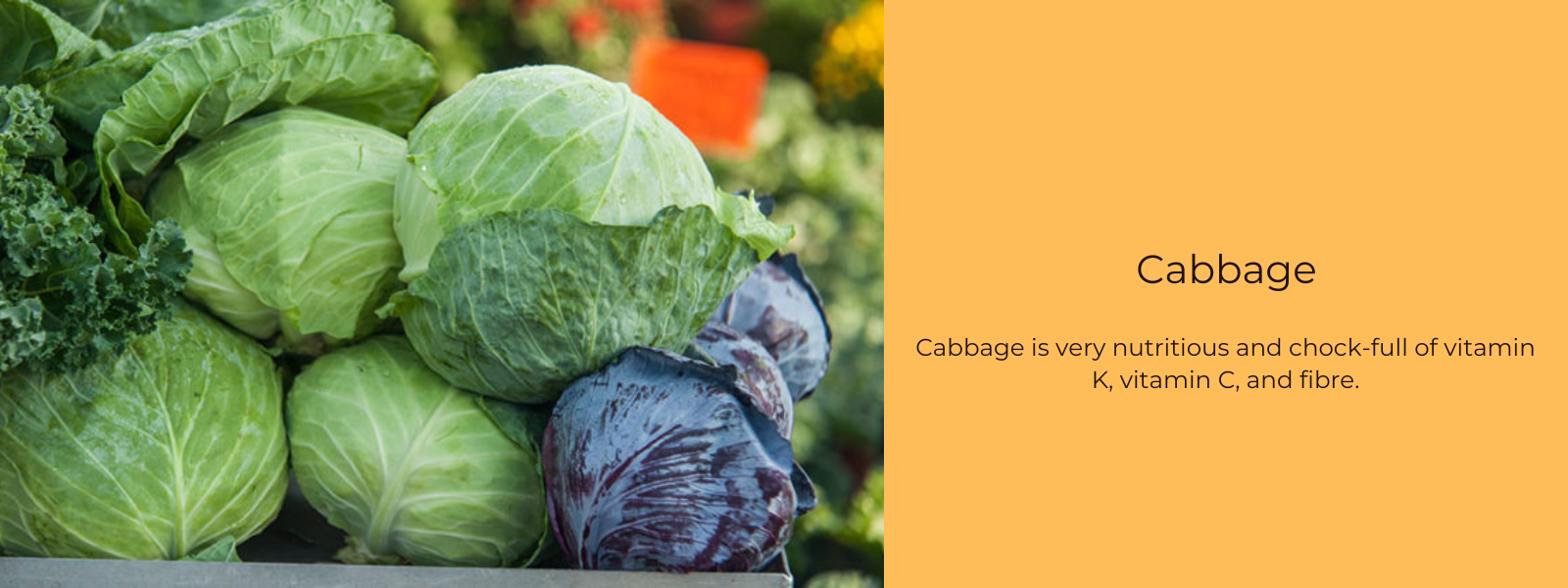

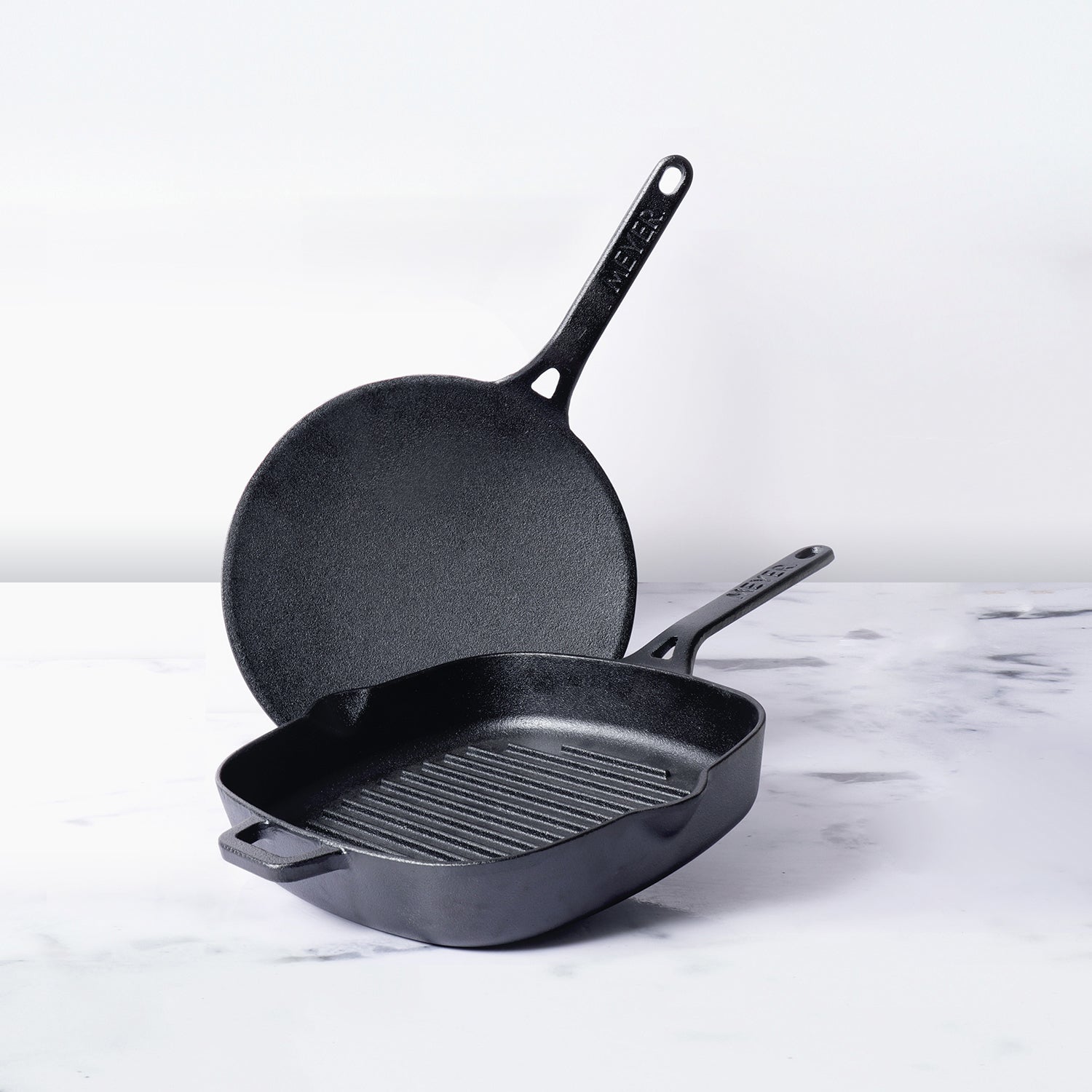
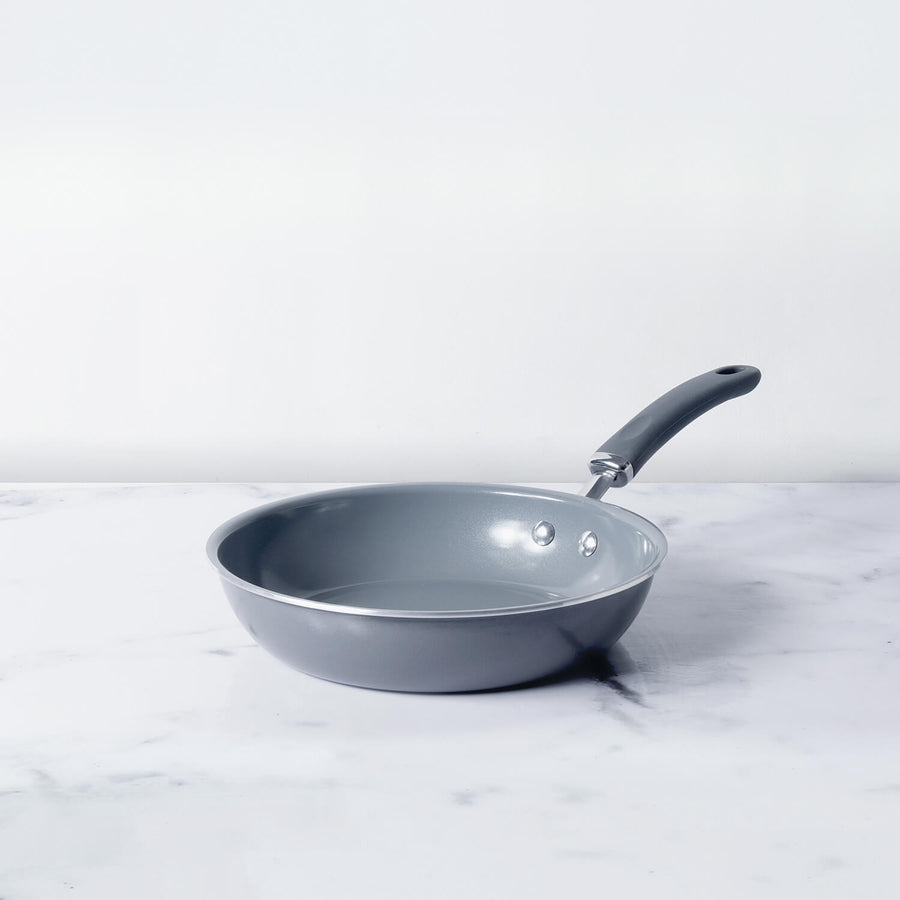




Leave a comment